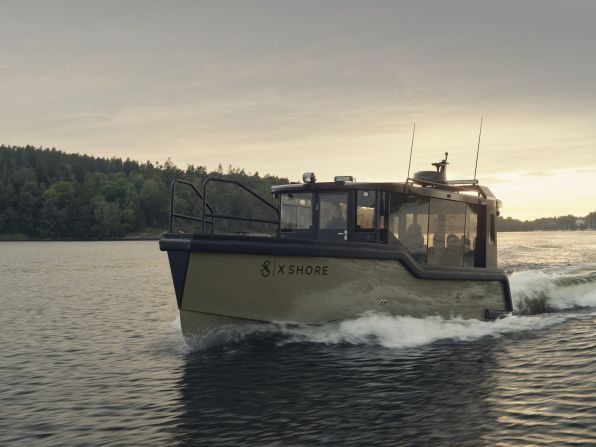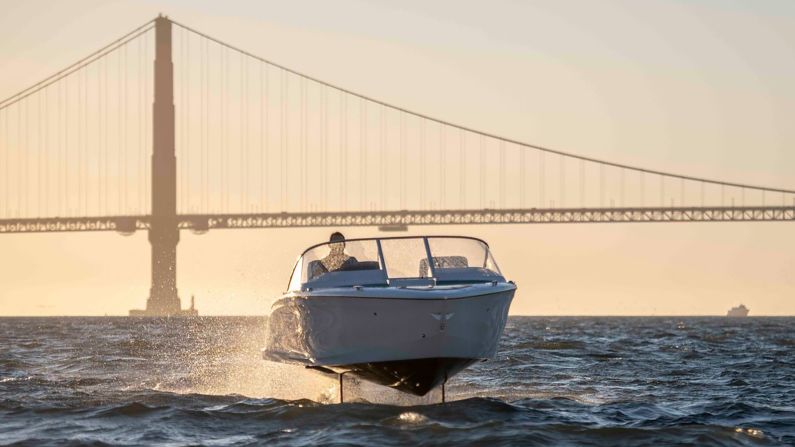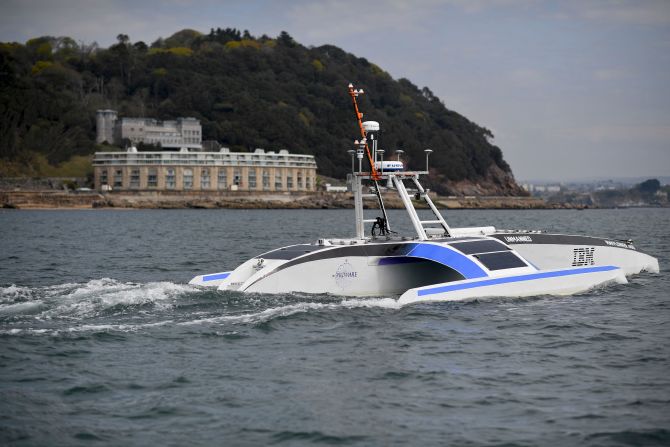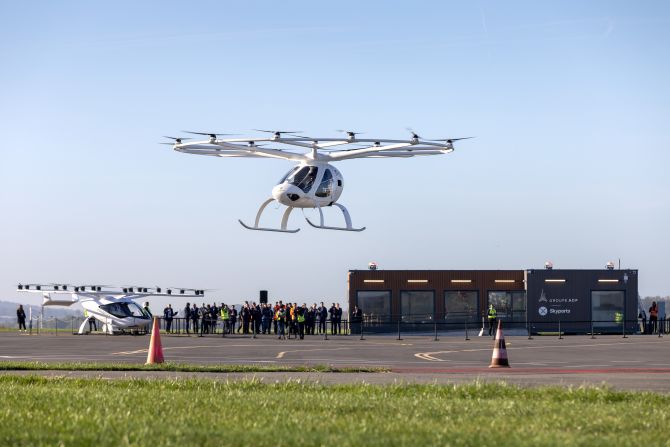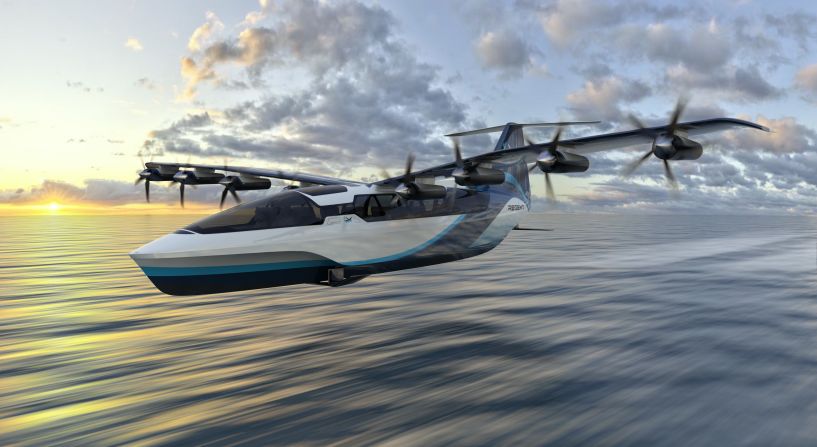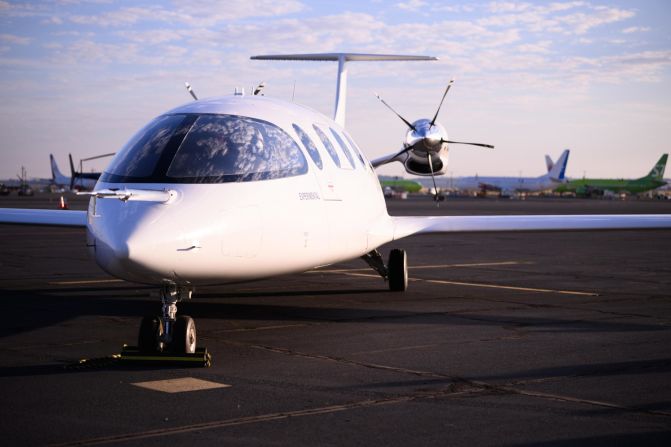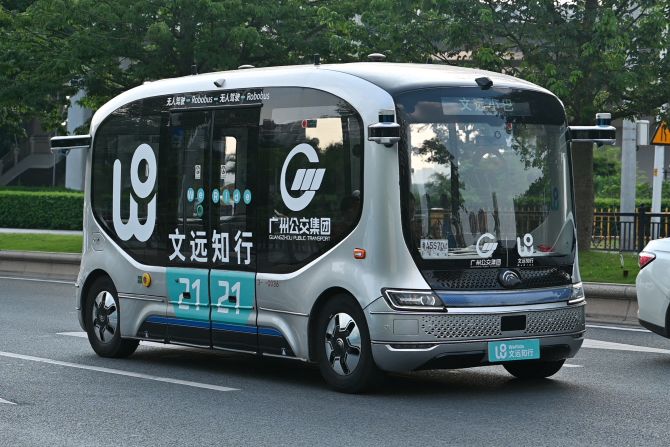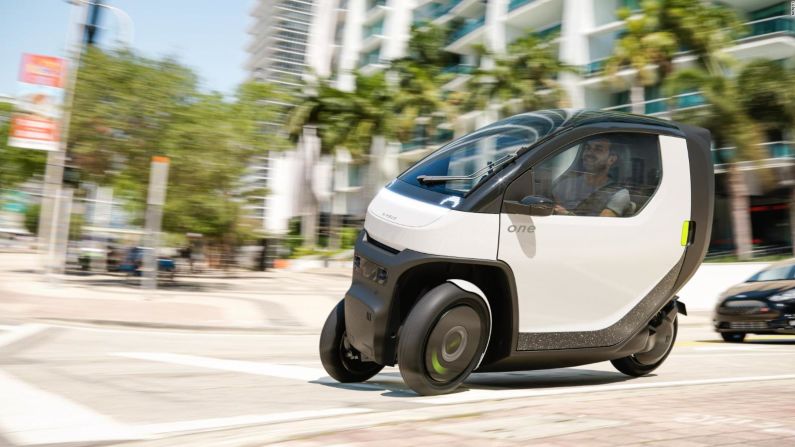In Värmdö, a municipality of 10,000 small islands near Stockholm in Sweden, the school commute is about to get a whole lot more exciting for a few lucky students.
Starting in December, the archipelago’s four schools will be the first users of the X Shore Pro, a new electric boat by a Swedish manufacturer that’s been described as the “Tesla of the seas.”
The boat is 26 feet (8 meters) long and seats up to 10 people, has a top speed of 30 knots (about 35 mph) and a range of about 100 nautical miles (about 115 miles), only achievable at a lower cruising speed of around 20 knots and heavily dependent on load and sea conditions. Fully electric, it produces no emissions or noise, resulting in a smoother ride that it says is far kinder to marine habitats.
“We believe in prioritizing the health and well-being of our students and the environment,” says Maria Niläng, principal of the Värmdö Archipelago Schools. “With this innovative electric school shuttle boat, we’re not just providing efficient transportation; we’re pushing for a cleaner society, and a brighter, healthier future for our students.”
“The Model 3 moment”
Founded in 2019, X Shore had previously released two electric leisure boats, the high-performance Eelex 8000 and the smaller X Shore 1. The X Shore Pro, which is meant for commercial operations or coast guards, is based on the former and shares most of its specifications.
“I think the reason why we are being compared to Tesla is that when we released our X Shore 1, that was the first time you could buy a high-performance electric boat at the same price level as a car,” says Jenny Keisu, X Shore’s chief evangelist officer. “The media started referring to that as the Model 3 moment of the boating industry,” she adds, citing Tesla’s most affordable car. The X Shore 1 costs upwards of €109,000 (about $119,000), but the more expensive models in the lineup start at €195,000 (about $213,000).
According to Keisu, the experience of riding an X Shore boat is radically different to a traditional one. “On a normal motorboat you have fumes, so it smells like you’re standing behind a car, which can make you feel sick,” she says. “We don’t have anything like that. We also don’t have any noise, so you can get out to sea and talk to people, or listen to your favorite music.”
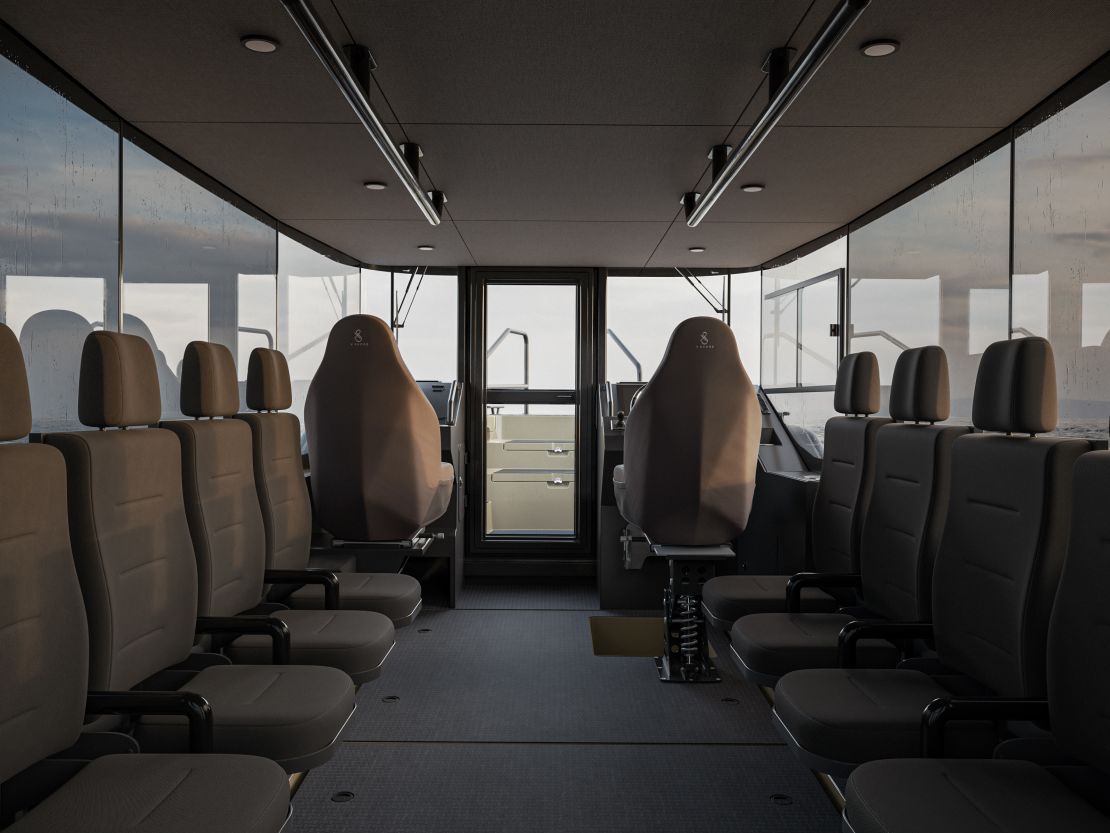
The batteries that power the boat are similar to those found on electric vehicles. “They are lithium-ion batteries, but they are certified for the marine environment, so they need to be much safer around water,” Keisu says. “They use normal automotive charging, so with a supercharger they can charge in 30 minutes, but they can also charge on [equipment] that is typically present in all marinas. That way, our different models charge somewhere between two hours to five hours.” Using a household electric outlet is also possible, but with vastly increased charging times.
According to Keisu, the charging infrastructure for boats already exists, because even vessels with internal combustion engines need to charge batteries that power electric systems and appliances on board. “The only difference is that we [X Shore] use our batteries also for propulsion, so we have much larger battery packs,” she says. “The boating industry should do more to transition [to electric vehicles] because boating is much worse for the environment than cars — the average leisure boat emits around four times as much CO2 as the average car.”
The battery problem
Electric propulsion in boats, just like in cars, isn’t new. “It has existed for well over 100 years,” says Timothy McCoy, an engineering professor at the University of Michigan, in the US, who is not involved with the project. “Using batteries as the main energy storage medium is also not new: diesel-electric submarines have been using lead acid batteries for over 100 years to operate when submerged, cruise ships have been using diesel-electric propulsion since the 1980s,” he explains, adding that many other ship types now use either hybrid or fully battery-electric propulsion systems.
However, technological constraints may be slowing down the electrification of boats, including small leisure boats such as those manufactured by X Shore. “Mainly it is the energy density of the batteries,” explains McCoy. “This is the same issue that the auto industry is struggling with presently.”
Brandon Taravella, an engineering professor at the University of New Orleans, agrees. “Batteries are currently just too heavy for the amount of energy that they provide,” he says. “Boats and ships are very weight sensitive. For every kilogram of diesel or gasoline, a boat needs to carry 40 kilograms of batteries to have the same energy output. Boats and ships have to carry all of their energy with them, so carrying around 40 times the weight of their energy is cost prohibitive as well as design prohibitive.”
Boats and ships with combustion engines are now starting to face scattered bans in lakes and waterways across the world — for example, diesel and gasoline engines will be banned from Amsterdam’s canals from 2025, and Norway is planning zero emissions requirements for cruise ships, tourist boats and ferries in its UNESCO World Heritage fjords by 2026.
“I think this is an area where we could make a huge difference in terms of both CO2 [emissions] and helping marine wildlife very, very quickly if we get some assistance,” Keisu says. “We need politicians and governments to push either with subsidies or with bans, because this needs to happen.”

